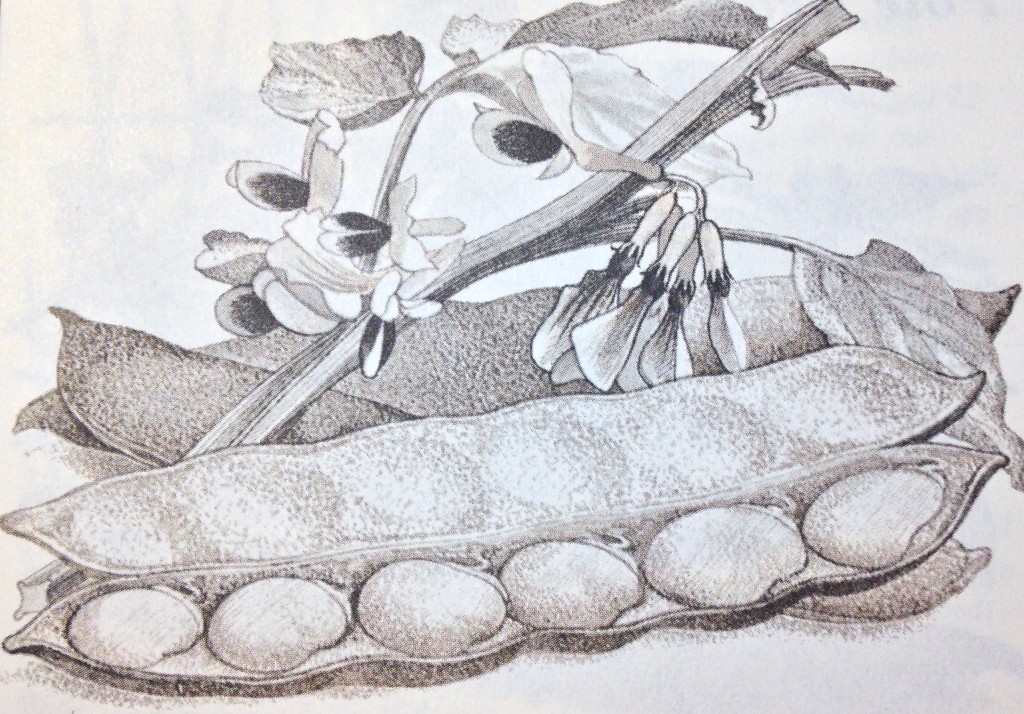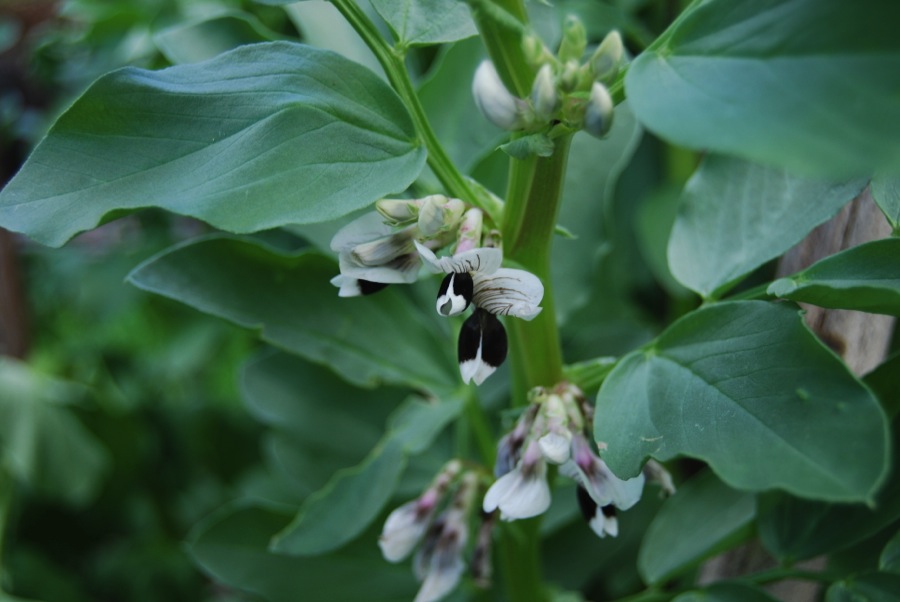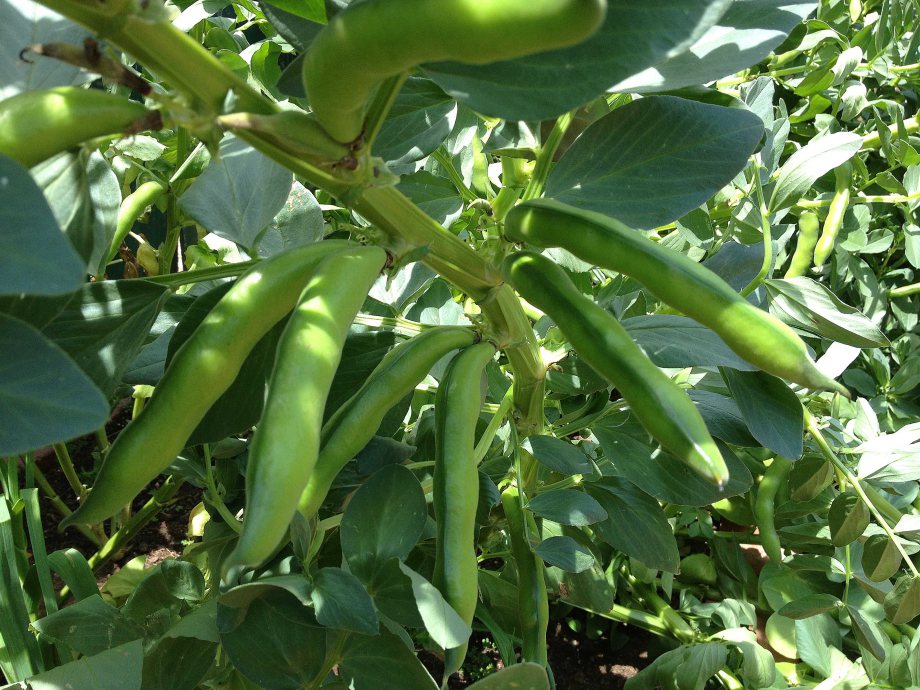The weather is being quite uncooperative so we took the unprecedented step of planting some Broad Beans in cell-packs. Eep!
We are putting in a pretty large crop of Broad Beans this year. There was a lot of demand for this bean at the market and so we are trying to oblige by making sure that we have an ample supply. Many, many raised beds of Broad Beans in fact.
Broad Beans are pretty tough cookies and we usually plant them in the Autumn and trust that the tiny plants will overwinter quite nicely to begin growth as the weather warms. Unfortunately, the last few Winters were particularly long and nasty and that fact left us more than a little gun-shy about the potential for successful over-Wintering. Over-Wintering crops are always a gamble but this year it seems to feel especially risky as we have had to buy most of our seed. “Store-bought”seed is not a trivial expense and given the cold Winters and icy Springs of late we just don’t feel all that free to experiment (must not waste precious seeds!). Well, I guess sowing into cell-packs is actually a bit of an experiment. Hmmm. Anyway…
Broad Beans are pretty simple to cultivate. They are of a different ilk compared to the frost-tender Pole and Bush Beans that we grow and love. These are tough plants that can take even more chill than Spring-planted Peas and that makes them quite a relief in a cold-climate garden. You start them when you would put in your Snap Peas and they grow in much the same conditions. Sow the big seeds with the dark “eye” facing down to a depth of about three times their length. Broad Beans don’t need rich soil and do seem to thrive in almost any conditions – defeating acid soil (not bog-type acid soil mind you), clay soil, cold and many other scourges of the garden.
Except for wind.
Broad Beans do suffer badly from wind and we surely do have lots of that here so we do have to carefully trellis around them and we try to sow them in sheltered spot.
The crop will be ready to harvest as mature beans in about 75 days but you can steal a few of the growing tips for tender young greens and you can eat the very small pods whole as for snap beans. The lovely black and white flowers make a nice meal for your garden pollinators and they are quite effective when tossed into Summer salads as a pretty and edible garnish. If you notice a large number of black aphids on the growing tips you can easily dislodge them with a careful blast of the garden hose. Not much else seems to bother Broad Beans.
The mature beans will ripen from the bottom up so check the lower stems of your plants for developing pods and I find that giving the pods a bit of a squeeze is the easiest way to check the size that the beans have attained. It is not fun to accidentally pull half-filled pods that is for sure!
 Mature Broad Beans can be dried and will then last for ages but I do think that they are very nicely preserved by a quick blanching followed by a trip to freezer camp. All neatly tucked away for future soups and stews. If you have stored potatoes and you have a good crop of dried Broad Beans you will truly be a self sufficient gardener. Good stuff.
Mature Broad Beans can be dried and will then last for ages but I do think that they are very nicely preserved by a quick blanching followed by a trip to freezer camp. All neatly tucked away for future soups and stews. If you have stored potatoes and you have a good crop of dried Broad Beans you will truly be a self sufficient gardener. Good stuff.



